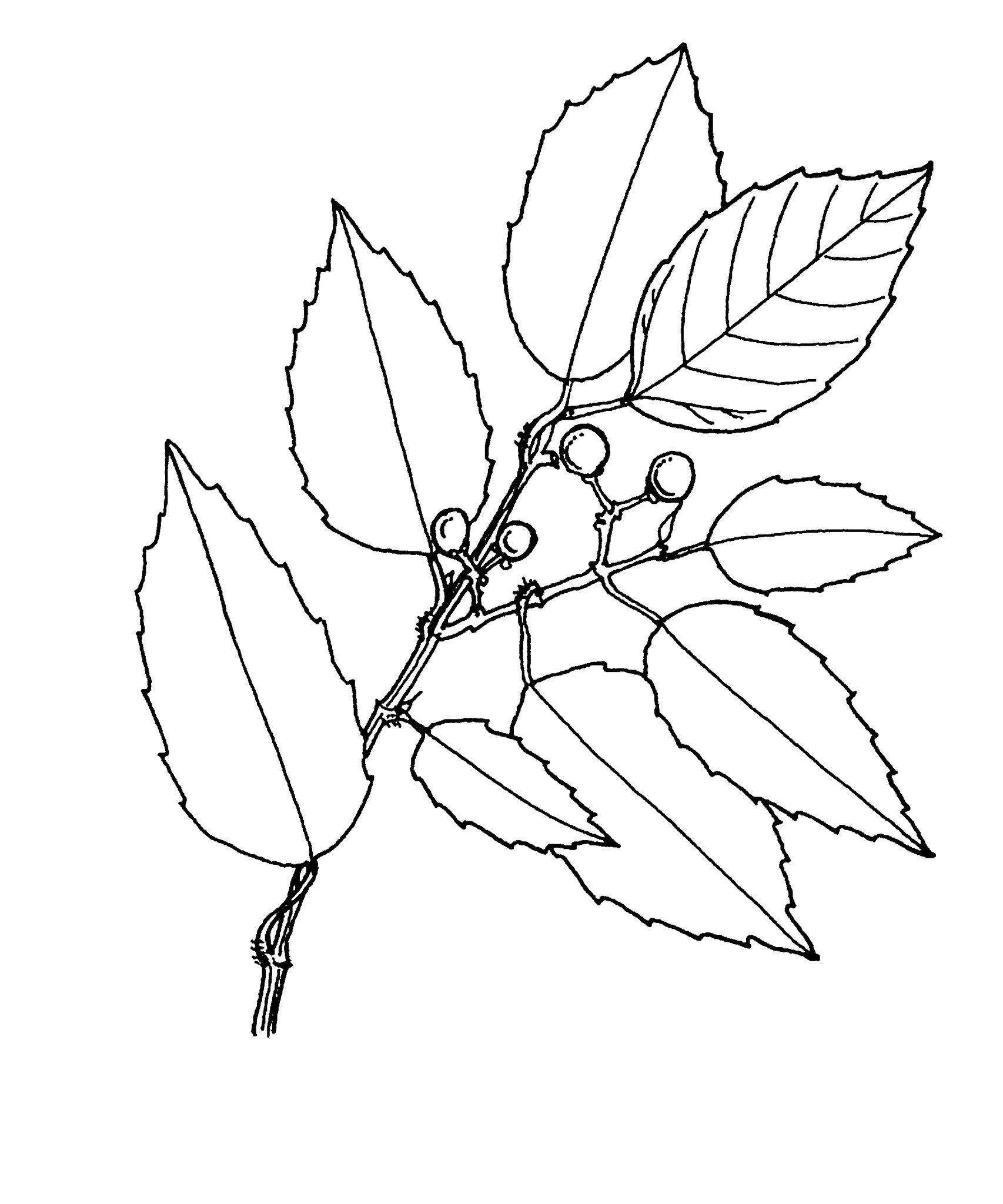
Greek kissos — ivy, referring to the climbing habit of many species.
Climbing herbs or shrubs, sometimes with fleshy stems; tendrils occasionally absent. Leaves evergreen or deciduous, simple or 3-7-palmate, margins usually toothed; stipules present. Flower clusters terminal or leaf-opposed. Flowers unisexual or bisexual, small, green or white, 4-parted. Petals hooded at the tip and soon shed. Disk present. Fruit an inedible berry, usually with 1 seed.
Grown for the attractive leaves, sometimes as indoor plants; a few species are succulent.The fruits are edible but bitter due to the presence of calcium oxalate: Aborigines cook both the fruits and roots.
About 300 species mostly tropical and subtropical.
Stem cuttings, occasionally by seed (especially succulent species).
Several species have edible leaves and/or medicinal properties, e.g. C. gongylodes.
Tendrils not swollen; flowers 4-parted.
Jackes (1988).
Source: (2002). Vitaceae. In: . Horticultural Flora of South-eastern Australia. Volume 3. Flowering plants. Dicotyledons. Part 2. The identification of garden and cultivated plants. University of New South Wales Press.
